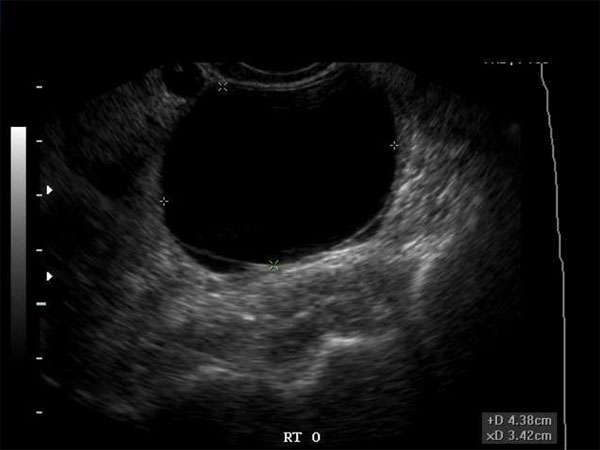The Art of Sonography: Unraveling the Skills and Expertise of Sonographers
Introduction
Sonography, also known as ultrasound imaging, is a crucial diagnostic tool utilized by a variety of medical professionals including sonographers, doctors (Radiologists, OB/GYN, Emergency Medicine, Family Practice, Internal Medicine), Nurse Practitioners, and Physician Assistants. This article aims to shed light on the skills and expertise of sonographers, and highlight the importance of Continuing Medical Education (CME) in this field.
The Role of Sonographers
Sonographers are highly skilled healthcare professionals who specialize in operating ultrasound equipment to capture images of internal body structures. These images play a vital role in diagnosing and monitoring various medical conditions. Sonographers work closely with doctors and other medical professionals to provide accurate and detailed imaging that assists in patient care.
The Art of Sonography
Sonography is not just a technical skill, but an art that requires a combination of technical expertise, critical thinking, and compassionate patient care. Sonographers must have a deep understanding of human anatomy, physiology, and pathology to effectively interpret the ultrasound images they capture. It is their keen eye and attention to detail that allows them to identify abnormalities and provide valuable insights to aid in diagnosis and treatment.
Continuing Medical Education (CME)
Due to the rapidly evolving field of healthcare, it is essential for sonographers and other medical professionals to engage in Continuing Medical Education (CME) to stay up-to-date with the latest advancements and best practices. CME provides opportunities for professionals to enhance their knowledge and skills, ensuring they can deliver the highest quality of care to their patients.
Importance of CME for Sonographers
Continuous learning through CME allows sonographers to expand their expertise and understanding of the ever-changing technology and techniques in sonography. It helps them improve their diagnostic accuracy, enhance patient communication, and stay informed about the latest research and evidence-based practices.
Requirements for CME
The requirements for CME vary depending on the professional organization and state regulations. Sonographers are typically required to complete a certain number of CME credits within a specific time frame to maintain their certification and licensure. These credits can be earned through attending conferences, workshops, online courses, participating in research, or publishing articles.
Conclusion
Sonographers play a crucial role in the healthcare system, utilizing their skills and expertise to provide accurate and valuable diagnostic information. Continuous learning through CME is essential for sonographers and other medical professionals to stay abreast of advancements in the field and provide the highest standard of care to their patients. By prioritizing CME, sonographers can continue to evolve their art and contribute to improved patient outcomes.

